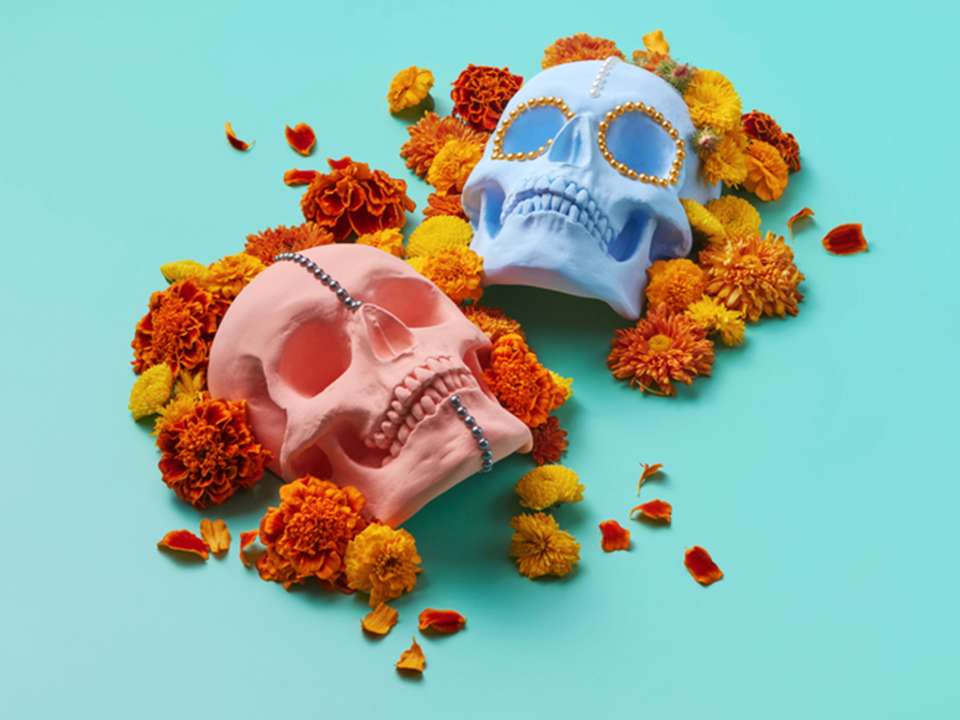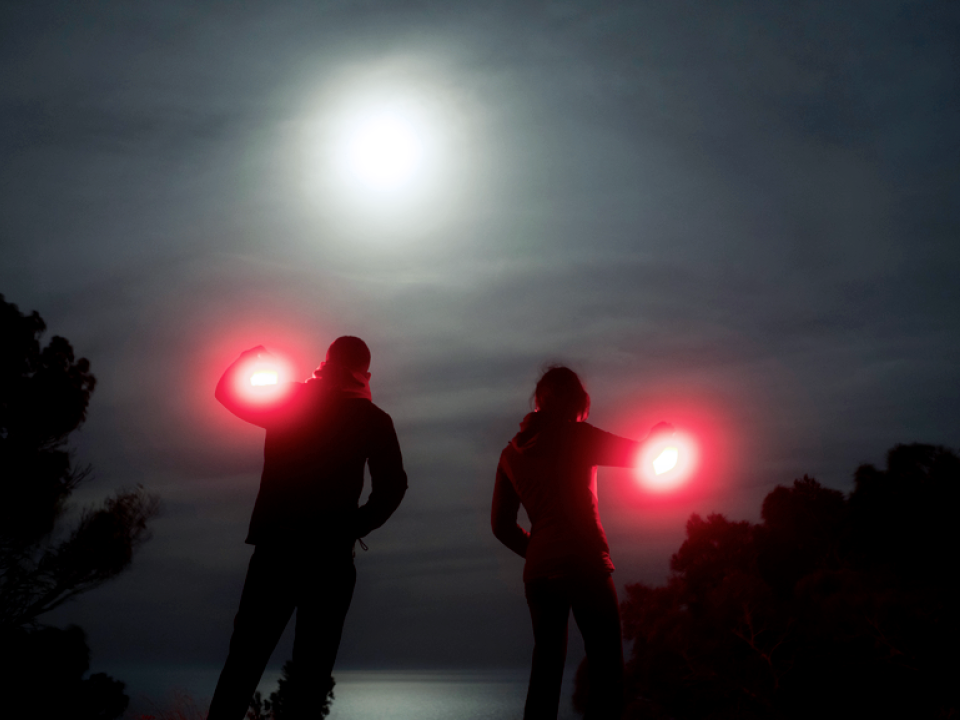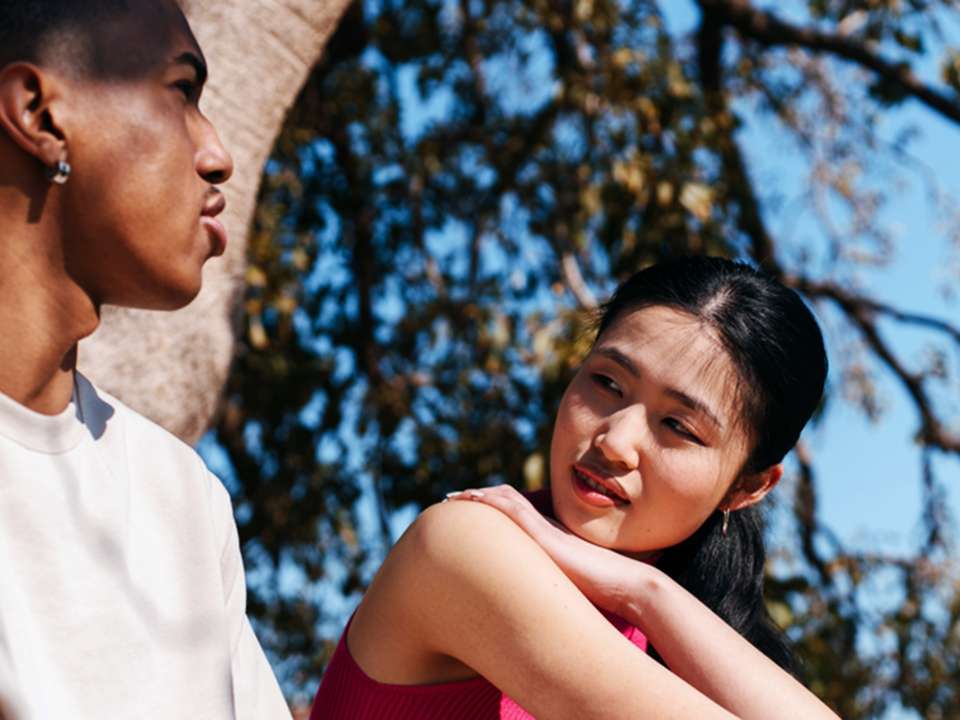Here’s How to Make the Most of Autumn in the Pacific Northwest
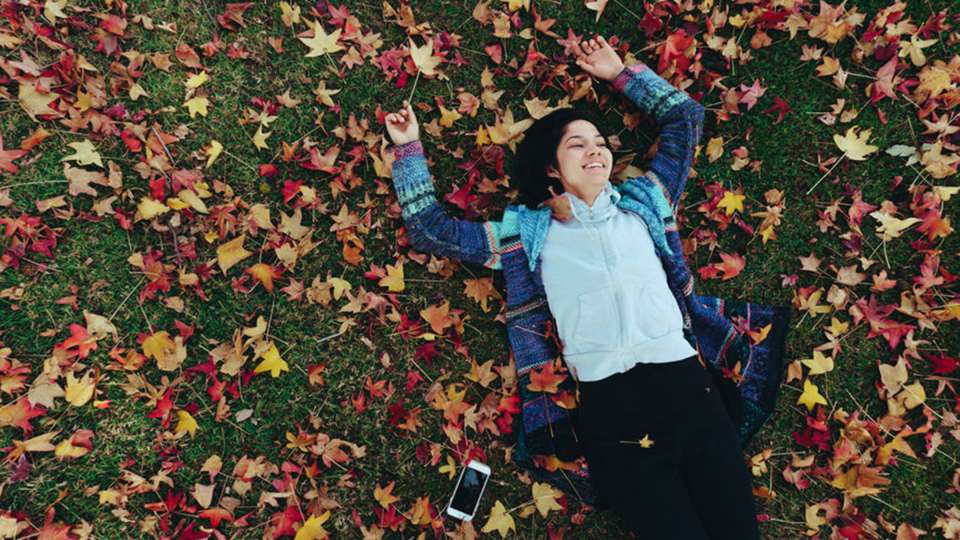
Picture this: You’re driving on a winding road through the mountains. Your favorite music is on. Through the car windows, you can feel the comforting heat from the sun, but when you roll the windows down a little, the air is cool and crisp. Surrounding you is a colorful landscape of reds, yellows and oranges.
Welcome to Washington in the fall. Everyone raves about glorious West Coast summers, but true Pacific Northwesterners know that our autumns are just as (if not more) remarkable. From taking advantage of cooler but enjoyable temps to walking through fall foliage and stocking up on autumn treats, here’s how to get the most out of the season.
Hike, walk or drive to see fall colors
No matter your ability level (or the forecast), there are plenty of autumn landscapes to explore in Washington state. Anna Roth, hiking content manager for the Washington Trails Association, wants people to remember that low-country hikes, especially riverside hiking, can be just as colorful as hiking up a mountain.
“The color lasts longer on deciduous trees in the low country,” she says.
If you want to lace up your hiking boots and embark on a more strenuous journey, you have options. Head into the North Cascades in mid-October to see larches, deciduous pine trees with needles that turn gold before falling off. Popular larch-spotting hikes in this area include Cutthroat Lake and Pass, Easy Pass and Blue Lake. There’s also Larch Lake in the Central Cascades and Lake Ingalls in the Teanaway area near Cle Elum. The Paradise area of Mt. Rainier National Park is also known for its vibrant fall hues. (Remember, for many of these places you’ll need a Northwest Forest Pass and/or a National Park Pass.)
If you’re hiking, keep in mind that fall hiking is quite different from summer hiking. While temperatures will be cooler everywhere, they’ll be even colder higher up in the mountains. Since the sun rises later and sets earlier, bring a flashlight or head lamp in case you underestimate how long the hike will take and get caught in the dark.
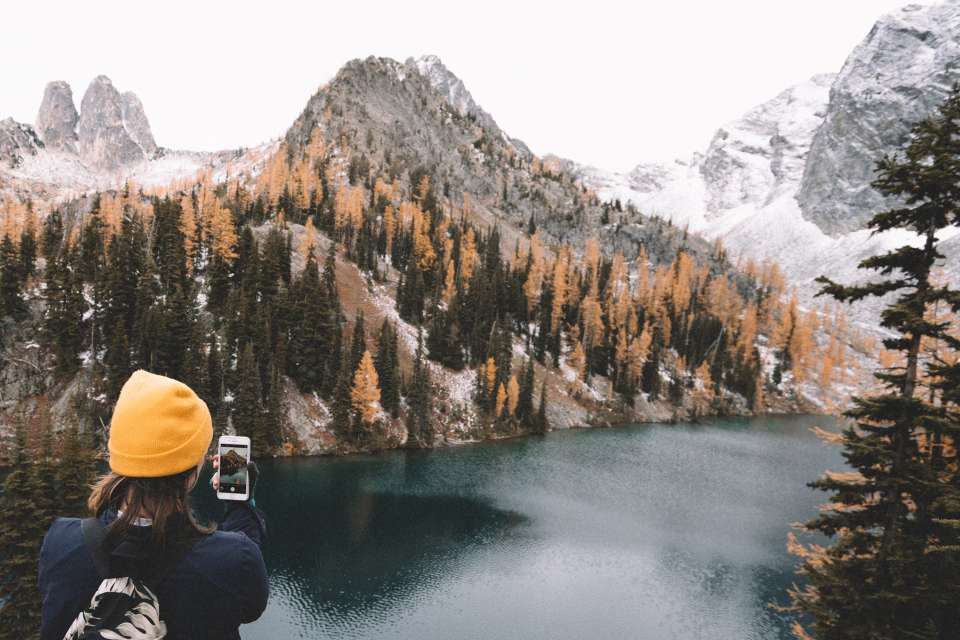
If it’s raining when you leave in the morning and your destination is thousands of feet above sea level, be prepared for snow. Roth recommends buying microspikes or crampons for your shoes and maybe a set of hiking poles to help you navigate potentially icy terrain. Always check trail conditions before you head out and tell someone where you’re going. It’s also a good idea to be able to recognize symptoms of hypothermia, says Andrew Luks, M.D., a wilderness medicine expert who practices at Harborview Medical Center.
Aside from packing your 10 essentials, bringing extra layers is a good idea. Keep gloves, extra socks and other warmer wear in a water-tight bag in your backpack. In a pinch, you can use a spare trash bag as a poncho, Roth says (something she’s done before), or as a waterproof liner for your pack.
If hauling yourself up a mountain doesn’t sound like fun, there are some beautiful autumn drives you can take, including the famous Chuckanut Drive or the Cascade Loop.
If you’re hoping for a colorful spot closer to home, look no farther than the University of Washington Botanic Gardens. Some of the most colorful places in the gardens are Goodfellow Grove, where serviceberry leaves turn brilliant shades of red and orange; Woodland Garden at the Washington Park Arboretum, where autumn hues of all kinds abound; and the Seattle Japanese Garden, where you can see bright maple leaves during the annual Maple Festival.
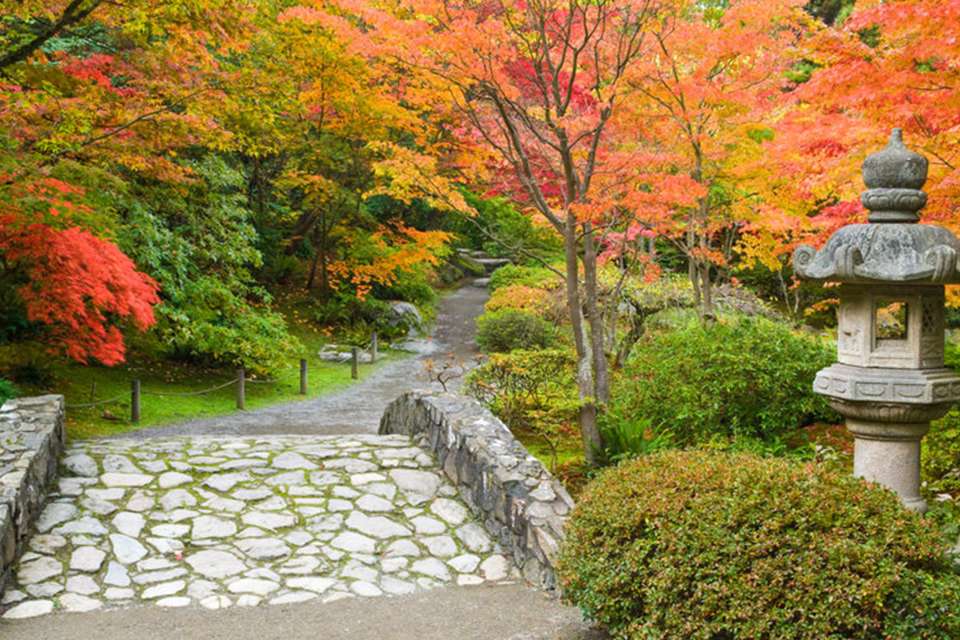
Stay active in colder, wetter weather
If the weather isn’t that great, maybe you don’t want to go on that North Cascades hike — but that doesn’t mean you should stay cooped up inside. Being outdoors has health benefits even in cold, rainy weather.
For Elliot Twiggs, M.D., a family medicine doctor who sees patients at the UW Neighborhood Woodinville Clinic, maintaining motivation is key to staying active in autumn. Set reasonable and achievable goals and remind yourself that exercise doesn’t have to take a long time and is a great way to relieve stress. Maybe work out with a friend if you need someone to hold you accountable.
There are also ways to sneak exercise into activities you already do in the fall. Raking leaves, navigating corn mazes and walking through orchards picking apples are all great ways to get outside, spend some time with family and friends, and get your blood pumping.
For those particularly cold-averse exercisers, Twiggs recommends trying indoor activities, like barre or CrossFit, or joining an indoor sports team or even a dance class, to add variety if you’re getting bored of the gym. For those pressed for time, workout DVDs or subscriptions (and even free YouTube videos), or just taking the stairs instead of the elevator, can help you squeeze in a few minutes of activity.
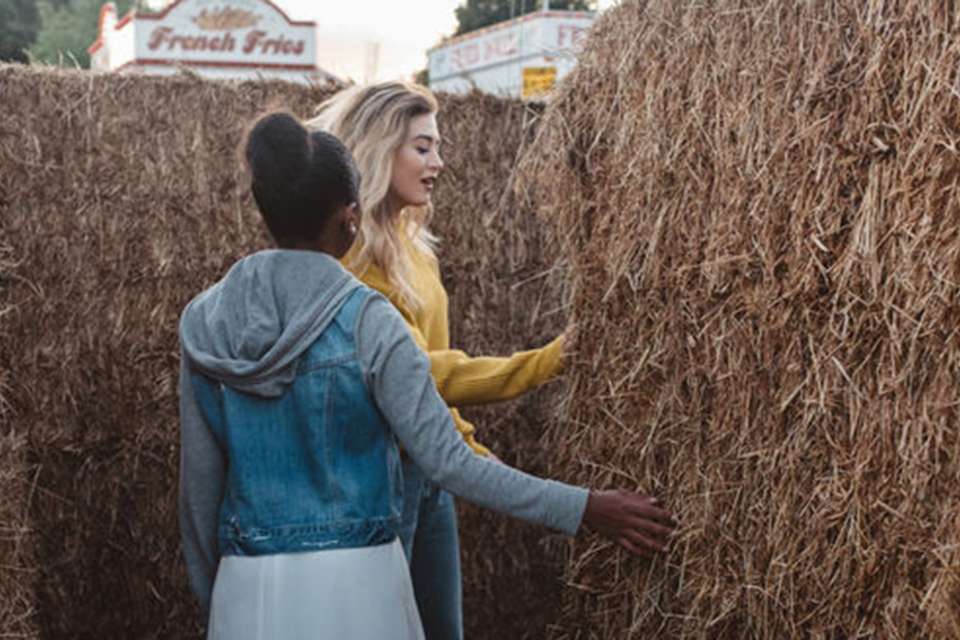
Fill up on fall delicacies
One of the biggest harvests of the season is, of course, apples. The Washington Apple Commission lists 31 varieties on its website, but there are countless others grown in small orchards and only sold at local markets and fruit stands.
There’s no specific variety that’s healthier than any other, says Alexa Halling, a registered dietitian who works at Harborview Medical Center. Apples are high in antioxidants and also contain flavonoids, bioactive compounds that are being widely studied for their potential health benefits.
“If you’ve never had a fresh, picked-from-the-tree apple, you haven’t lived,” says Nicol Sloon, manager of travel media and trade relations for Yakima Valley Tourism. The Yakima Valley is the largest of several apple-growing regions throughout the state, most of which lie along the Columbia River.
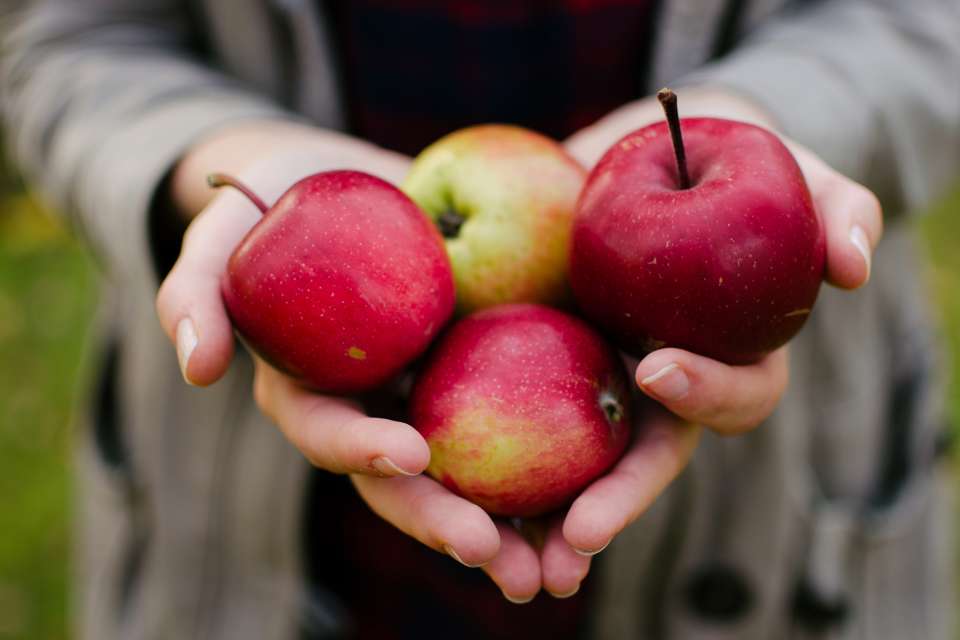
Gourds aplenty also seem to pop up everywhere during the fall. Pumpkins we all know, but some of the other kinds don’t necessarily look, er, edible — like those warty, green-and-white splotched ones that start showing up in grocery stores around Halloween. You may think they’re just decorative, but most gourds can, in fact, be eaten, Halling says.
“Gourds are great because they keep for a long time, so they don’t go bad too quickly. They’re high in vitamin A and usually contain potassium. I love to roast them in the oven with a little salt, pepper, oil and rosemary,” she says.
In the eastern part of the state, there’s no shortage of family farms to visit and buy fresh produce from. This is a favorite fall activity for Catherine Brazil, UW’s director of government and community relations for Spokane and Eastern Washington.
“My family and I go to get pumpkins, apples, tomatoes and green beans. We like to get carrots, then chop them up and freeze them so we have them all winter long to use in soups,” she says.
For Halling, autumn provides inspiration for more home cooking.
“The nice thing about fall, at least for me, it brings me back to my kitchen. In summer, it’s hot and I don’t want to turn the oven on. In fall, there’s nothing homier than cooking while enjoying a glass of wine. It’s like that hygge feeling,” she says.
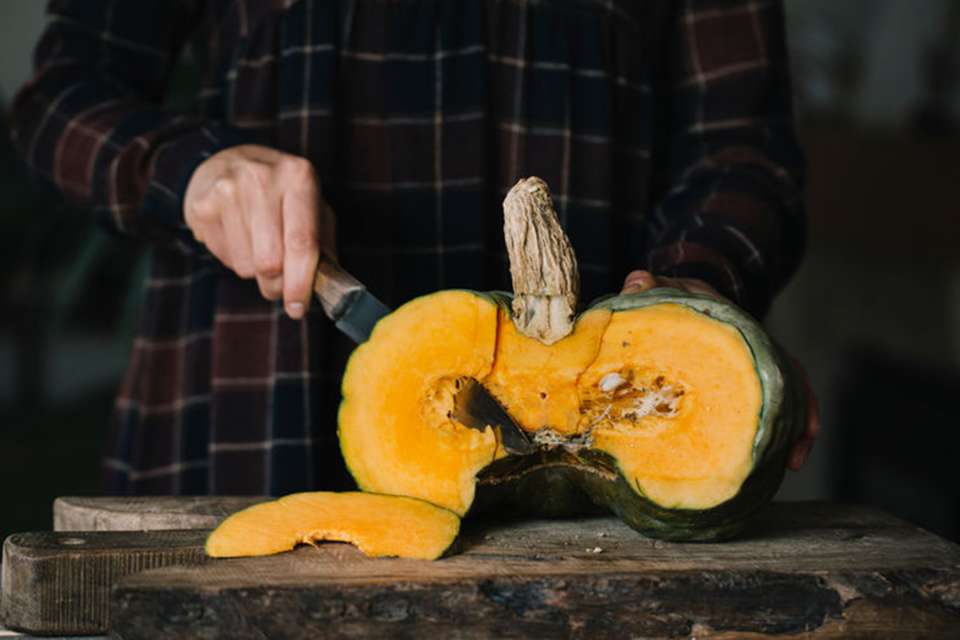
Drink up (and crush some grapes)
Speaking of wine: In the Yakima Valley, one of the season’s highlights is Catch the Crush, an annual wine-making festival. (Yes, that means you get to stomp on grapes.) Wineries throughout the region participate, says Sloon.
Many Crush events celebrate the spirit of the season with fall-themed activities and foods, not just spirits. (See what we did there?) They’re also kid- and dog-friendly, so bring the whole family along. Oh, and it’s best to BYOWG: bring your own wineglass. Sometimes the wineries run out.
But wait, you ask, what about that recent study that showed there’s no safe amount of alcohol?
Despite that study, the recommendation from the American Heart Association is still up to one drink per day for women and two per day for men.
“A glass of wine a day can still be OK, so long as folks don’t have a problem with alcohol and are safe about their consumption,” Halling says.
Wine has also been shown to help lower blood pressure, she says, and contains healthy flavonoids.
The takeaway
No matter how you decide to enjoy autumn, there’s one thing we can all agree on: We’re lucky to live in a place where fall is this awesome.
“When I was in medical school in Minnesota, I had to ride my bike and walk in knee-deep snow to get to classes in the fall. And I’m originally from Hawaii, where there are no seasons,” Twiggs says. “Seeing the leaves change here is so beautiful.”
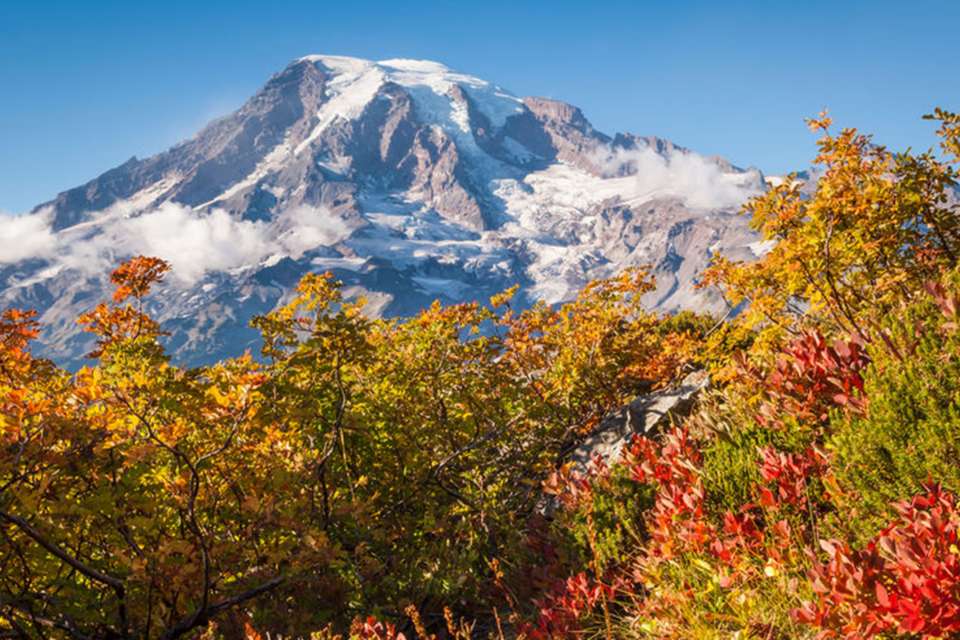

 Healthy ideas for your inbox
Healthy ideas for your inbox

